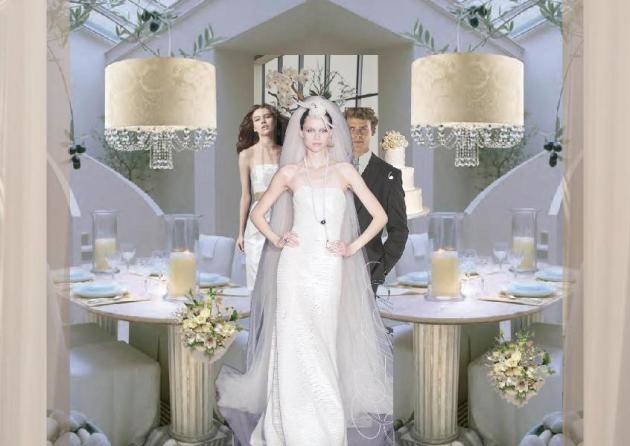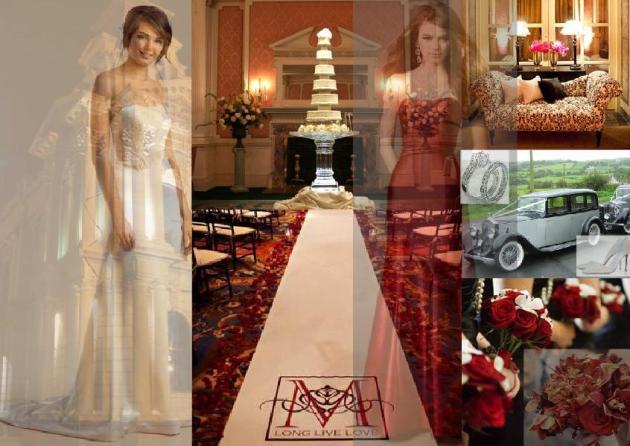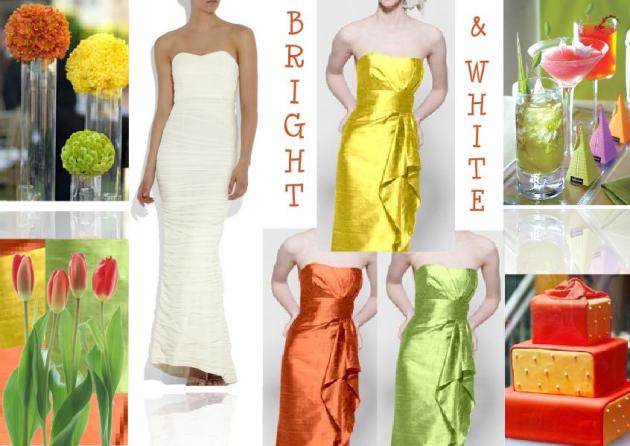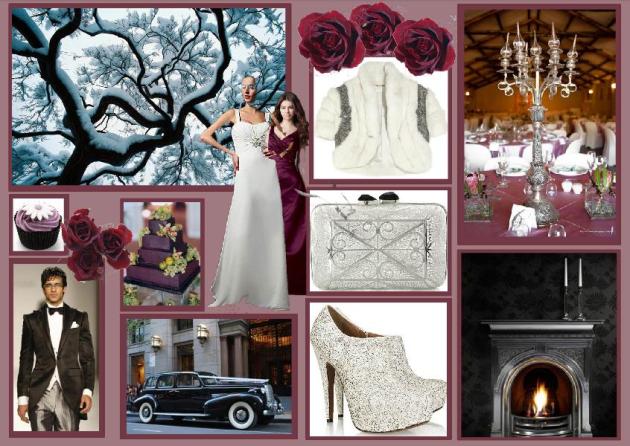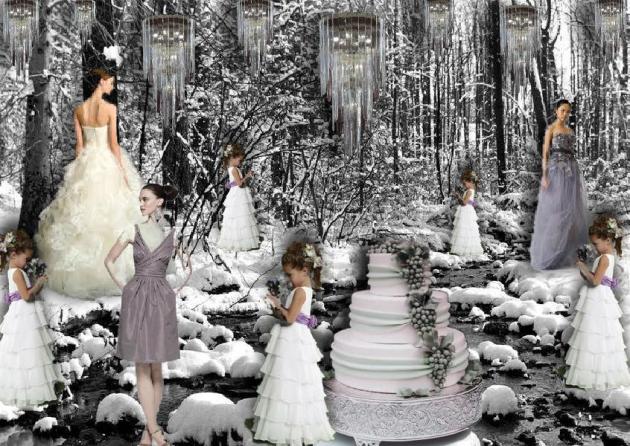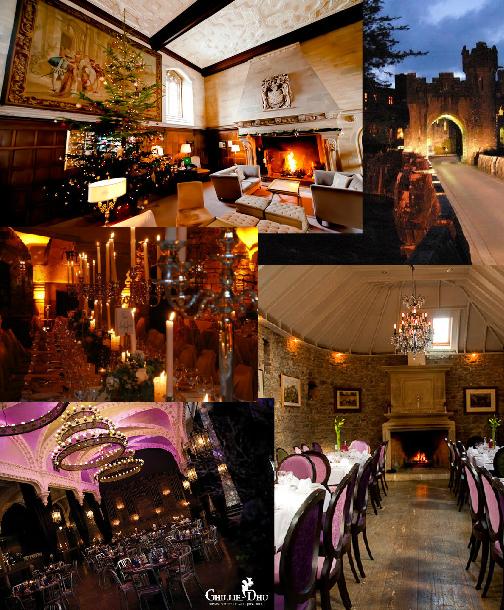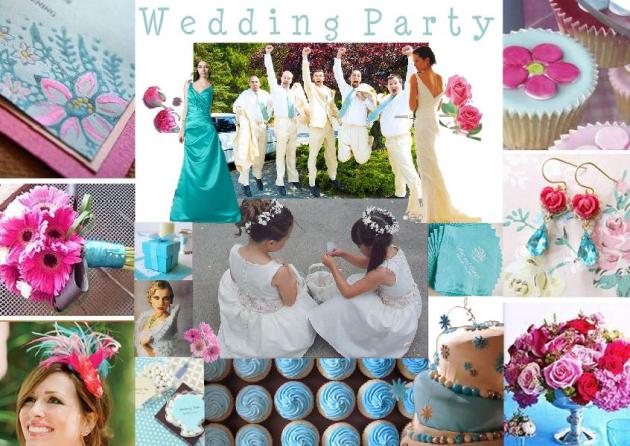Very few women have perfect figures. In order to shine and create your own sense of style it is so important to know your flaws and how they can be disguised. Also knowing what is working for you will allow you to enhance your assets to full advantage. I am amazed at how many women are slaves to fashion at the expense of dressing to suit their figure type. For example the tight fitting leggings now in vogue are flattering to very few women.
Necks the long and the short
Short necks can be disguise by V-neck tops, scoop neck lines, strapless tops and open shirts. Avoid high turtlenecks unless you have a double chin. It is best to keep hair short or if you have long hair wear it up. Wear long necklaces not chokers and small earrings. Dangling earrings will attract attention to the neck. When wearing scarves don’t tie them around the neck; wear them loose or knotted below the collarbone.
Long necks can be attractive if they are not too long. It is best not to wear a short hairstyle to shorten your neck wear your hair to cover the neck. To disguise a long neck wear tops with high necks; cowls and turtlenecks. Avoid V-necks and off the shoulder styles. Scarves are a great way to disguise a long neck attractively.
 SampleBoard created by Rosena on sampleboard.com
SampleBoard created by Rosena on sampleboard.com
Shoulders broad and narrow
Broad shouldered then tops with V-necks and deep scoop necks are a great way to draw the attention away from the shoulders. It is best to avoid halter tops as they emphasize the width of the shoulders. Also avoid horizontal lines, shoulder pads, wide scoop neck lines, square neck lines and strapless dress or tops.
If you have narrow and/or sloping shoulders you can use shoulder pads. But make sure they are well fitting not too large or they can tend to move around. Boat necks, cap sleeves, halters and off the shoulder styles. Avoid neckties, tight tops and long necklaces.
Bust large and small
If you have a large bust it is best to avoid dresses with empire bodices. Also avoid boxy jackets, pockets and buttons on the chest, tight fitting tops and jumpsuits. It is also best to avoid off the shoulder, strapless and halter tops. V neck lines, flowing tops and jackets that gently fit the body work well for ladies with large busts. With regard to belts avoid wide belts.
If you have a small bust wear tops that are in brighter and/or lighter colors than those used on the bottom. Loose tops with pockets, ornamentation or layered will accentuate the upper part of the body. Tight tops and off the shoulder styles can also be worn by the small busted women.
Heavy Arms
Heavy arms look best in long, bell or angel sleeves. Avoid anything that reveals the upper arm.
Waists thick, long, short and small
If you have a small waist you can wear wide or plain belts to draw attention to this wonderful feature. But take care not to nip the waist in so much it emphases and draws too much attention to the hips. If you have a short- waisted figure you can make the figure seem more elongated by using belts in the same color as the top. If you have narrow hips you can wear the belt below the natural waist line. Avoid wide belts and belts with attention getting detail. No-waistband and hip hugging pants would suit this figure type. Avoid wide waist bands and high waisted pants and skirts. Tops and jackets that hang below the waist will make the body appear longer. Deep scooped neck lines and long belted tunics also work well with this figure type.
If you have a thick waist it is best to avoid belts altogether. Drop waist, empire, A-line or sheath dresses are the best options for this figure type. With jackets and tops it pays to emphasize the shoulders and neckline. Over sized loose-waisted blousy tops, tunics and wrapped styles all work really well. Avoid tank, tube and cropped tops and fitted blouses. Vests below the waist can also work well. Skirts can be long and full, short skirts will also draw the eye away from the waist.
 SampleBoard created by Rosena on sampleboard.com
SampleBoard created by Rosena on sampleboard.com
Legs short, long, thin
Wear short coats to make short legs appear longer. Short skirts can emphasize shapely legs and give the illusion of length. Avoid wide- leg, pleated or cuffed pants. Capris, pedal-pushers, cigarette, stirrups and legging pants can make legs appear longer.
Long legs can be a great asset however if they are also thin you may want to disguise them. Wide legged, pajama-style, bell bottomed or harem pants can make thin legs appear thicker. Long skirts with a slit or with buttons up the front can make long thin legs attractive.
Bulging tummy, big thighs, large buttocks, flat buttocks
To overcome the tummy bulge it is best to avoid tight pants, front pockets, button fly and front zippers. Hip length tops over narrow legged pant will also disguise a tummy bulge. Wear A-line or pleated and sarong style skirts instead of tight fitting or clinging skirts. Select jackets and tops in boxy shapes to cover the tummy.
Large buttocks can be disguise with long coats, capes or swagger back styles coats and jackets. Wide-leg pants in darker colors also work well. Avoid back pocket or tight fitting pant styles. Loosed draped skirts are flattering. Avoid Lycra and bias-cut skirts. Vests and tops that cover the buttocks are a better option than cropped tops and jackets.
Anything waist emphasizing in tops, coats and skirts can overcome the problem of flat bottoms. Belted coats, bias-cut skirts and pants with pockets, pleats will work well for this figure type. Avoid fitted styles and tops or jackets cropped above the bottom.
 SampleBoard created by Rosena on sampleboard.com
SampleBoard created by Rosena on sampleboard.com
Big thighs, wide lower body, saddlebags
For ladies with big thighs go for soft styles with little detail, wide-leg pants and jodhpurs. Also wide straight leg pants in heavy fabrics can cover this problem area. Avoid tapered, pleated, or side-pocket pants. Loose skirts draped or with pleats can overcome the big thighs. Avoid narrow or Lycra skirts. Off the shoulder tops and long fitted tops in bright colors can disguise big thighs.
Beltless straight lines and dresses that drape from the shoulder or bodice work well for the figure with a wide lower body. Tight fitting pants are a no, no. Also avoid tight tops and short jackets. Shoulder pads to make the shoulders appear broader and can balance out the figure with a wide lower body.
Baggy waist-widening pants and skirts with pleats below the hips can disguise saddlebags. Avoid wearing slim, narrow-leg pants and patterns. Flaunt the upper half of your body with scoop necklines and off the shoulder tops. Exposing your arms and shoulders will distract the eye from the problem area. Avoid any style that ends just below the hipline.
I have found I need to revisit and reassess my figure every so often to make sure I am selecting clothing that will allow me to dress with style.
 The Official Blog of SampleBoard.com
The Official Blog of SampleBoard.com